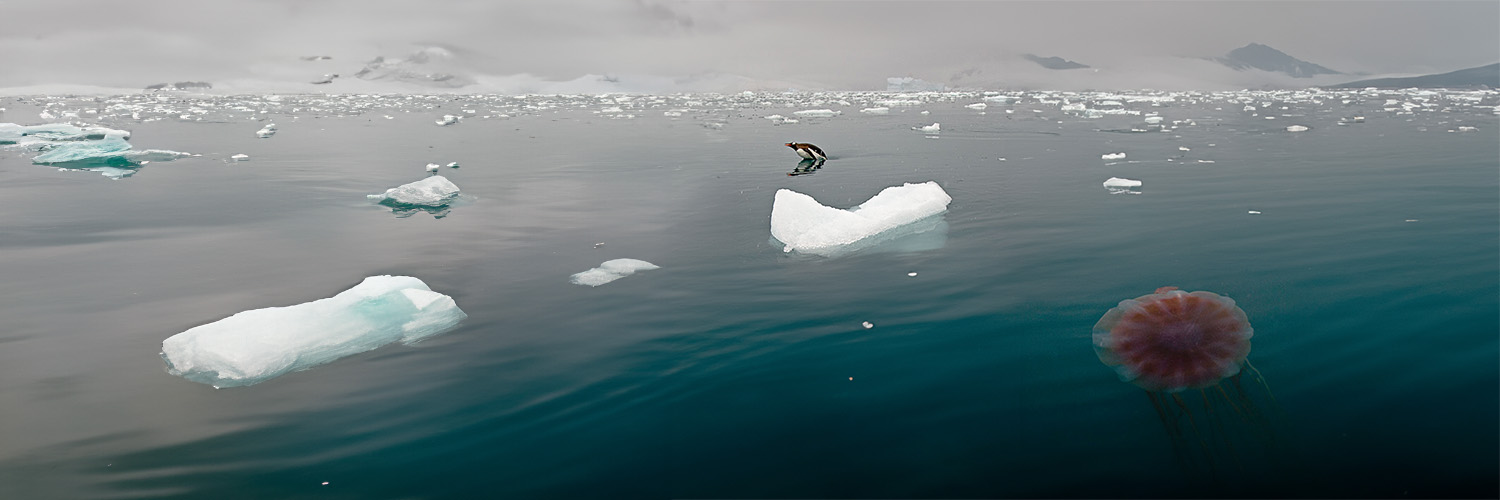Yellow-eyed penguin

Penguins hunting jellyfish: main course, side dish or decoration?
Presentation at the 3rd World Seabird Twitter conference, 2017
| Thomas Mattern | Document date: 14 April 2017; DOI: 10.36617/SoP.penguins-jellyfishWSTC3 |
Abstract
Recent studies using DNA analysis and animal-borne cameras indicate that jellyfish may play a more important role in the diet of seabirds than the analysis of stomach contents suggest. But what role is this? Do birds consume jellies as a normal part of their diet or only when other food is scarce? While studying the foraging behavior of Yellow-eyed penguins using high-definition video loggers during a jelly bloom we found an alternative explanation for the birds’ interest in jellies.
Presentation
1 #WSTC3 Novel methods like scat DNA analysis & video loggers emphasize the role jellyfish may play for penguins, eg https://t.co/1Nm1sxxY1c pic.twitter.com/oZ1QzxHIb4
— Tawaki Project (@TawakiProject) April 13, 2017
2 #WSTC3 But are jellies targeted as principal prey, subsidiary food source or attacked for other reasons (eg. https://t.co/bgUdIGP59h)? pic.twitter.com/DP9FZ2GXDm
— Tawaki Project (@TawakiProject) April 13, 2017
3 #WSTC3 In November 2016 we studied the foraging behaviour of Yellow-eyed penguins in New Zealand using high definition video loggers pic.twitter.com/4g99oahpW2
— Tawaki Project (@TawakiProject) April 13, 2017
4 #WSTC3 An algal bloom forced the penguins to switch to pelagic prey, targeting mainly jellyfish instead of their usual benthic prey pic.twitter.com/Om0Q0QTUOj
— Tawaki Project (@TawakiProject) April 13, 2017
5 #WSTC3 Analysis revealed the penguins were mostly eating fish larvae hiding under the jelly bell often taking jelly tissue in the process pic.twitter.com/NR2uf5NDIh
— Tawaki Project (@TawakiProject) April 13, 2017
6 #WSTC3 Careful when drawing conclusions about jellyfish as food from DNA signatures or jelly interactions observed with low res video! pic.twitter.com/LwkrTWIVvq
— Tawaki Project (@TawakiProject) April 13, 2017